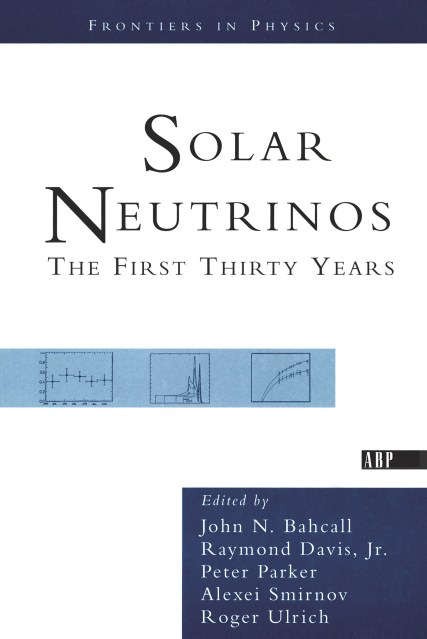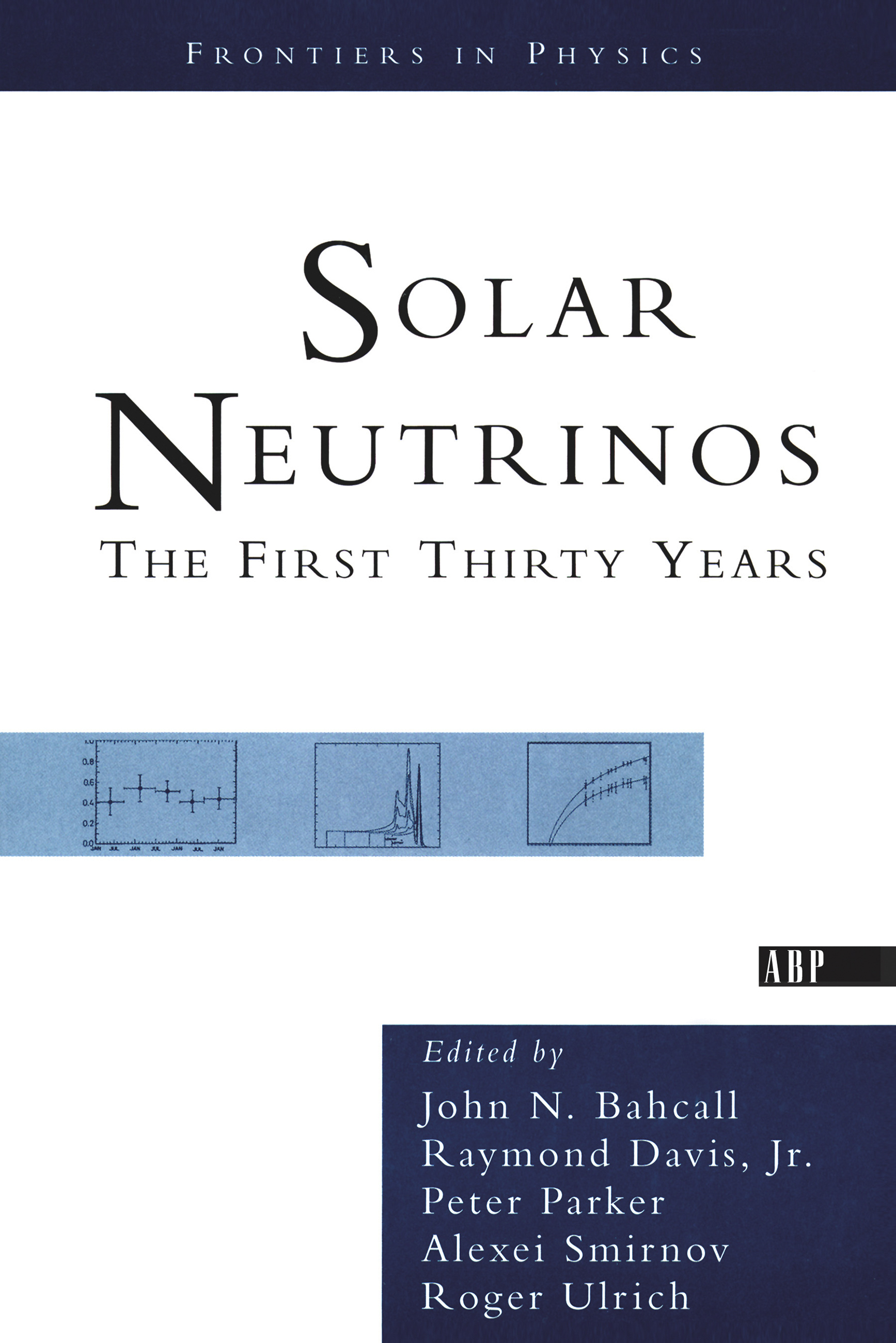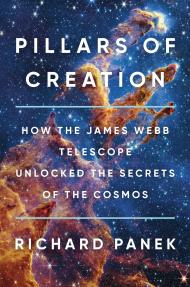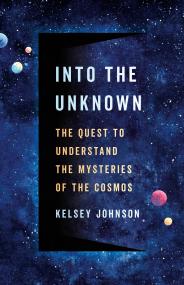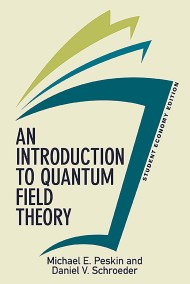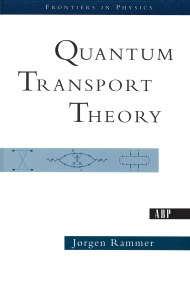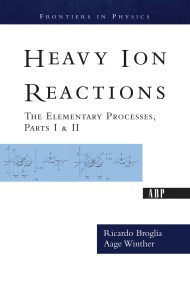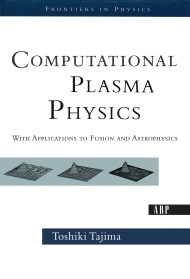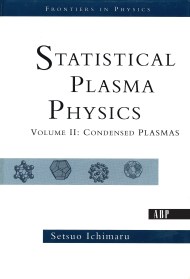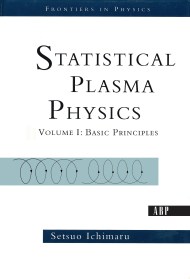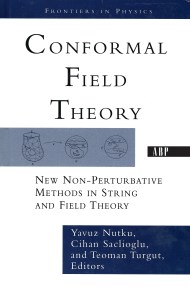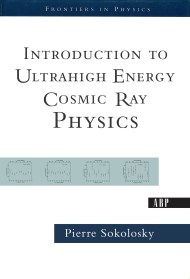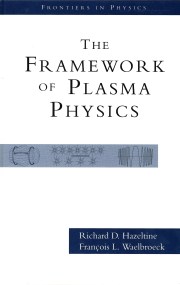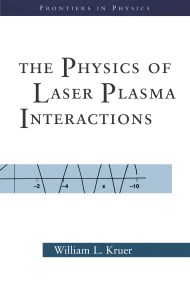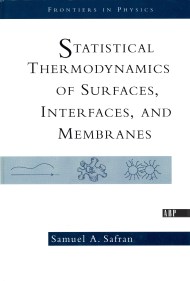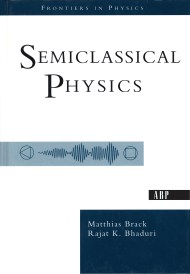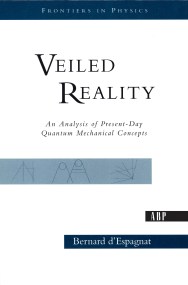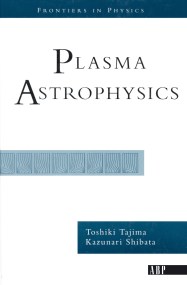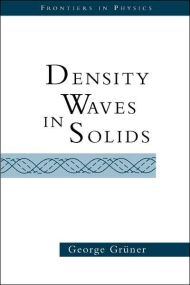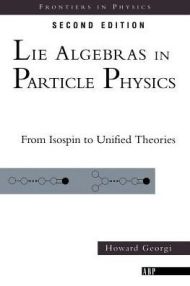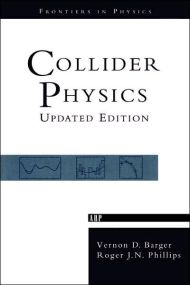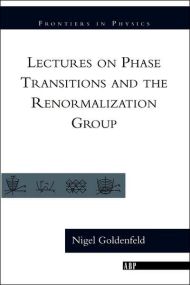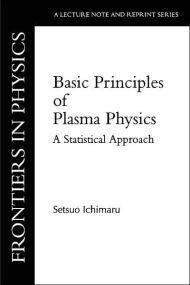Promotion
Use code CYBER2024 for 30% off sitewide + free shipping over $30
By clicking “Accept,” you agree to the use of cookies and similar technologies on your device as set forth in our Cookie Policy and our Privacy Policy. Please note that certain cookies are essential for this website to function properly and do not require user consent to be deployed.
Solar Neutrinos
The First Thirty Years
Contributors
By Peter Parker
By Roger Ulrich
By Alexei Smirnov
By John Bahcall
Formats and Prices
Price
$72.00Format
Format:
Trade Paperback $72.00This item is a preorder. Your payment method will be charged immediately, and the product is expected to ship on or around September 5, 2002. This date is subject to change due to shipping delays beyond our control.
Also available from:
The papers reprinted in this book depict a research field that is poised to answer some of the fundamental questions of twentieth-century physics and astronomy: How does the sun shine? What is the dark matter? Is there new physics beyond the “standard model”?This book is of interest to students as well as active researchers in the scientific areas spanned by the reprinted papers, which include physics, chemistry, astronomy, geology, and engineering. Historians of science, some of whom have already used the solar neutrino problem as a case study, will also find this collection a rich source of examples and insights.Solar Neutrinos gives one the special feeling of being present at the birth of a scientific field. The physical ideas are presented with a simplicity that is unusual in review of papers. By delving into the scientific landmarks reprinted here, one can see clearly how researchers-starting with a paucity of data and with conflicting hypothesis-struggled together to grope their way to a better understanding of the sun and of weak interaction physics. Three new papers have been added to the present paperback version; these papers represent breakthroughs in the field since the original 1994 hardcopy publication.
Genre:
Series:
- On Sale
- Sep 5, 2002
- Page Count
- 486 pages
- Publisher
- Avalon Publishing
- ISBN-13
- 9780813340371
Newsletter Signup
By clicking ‘Sign Up,’ I acknowledge that I have read and agree to Hachette Book Group’s Privacy Policy and Terms of Use
